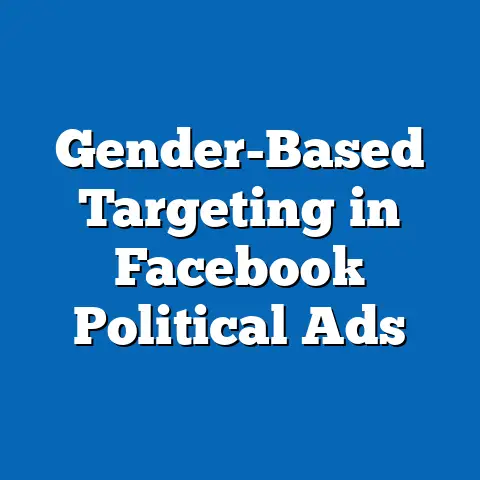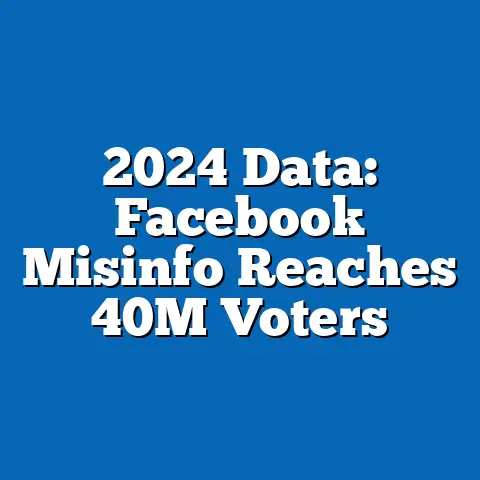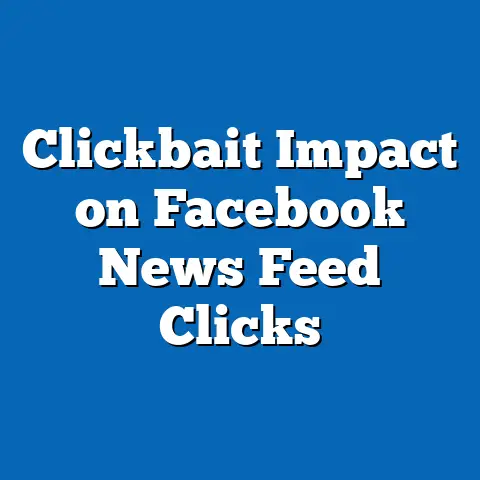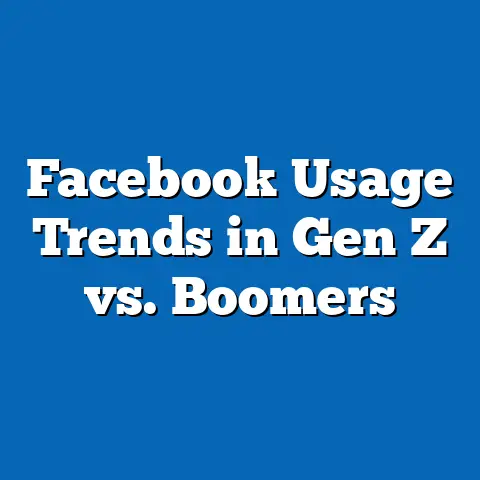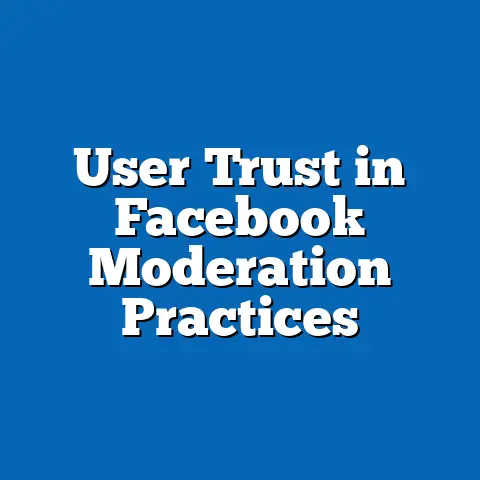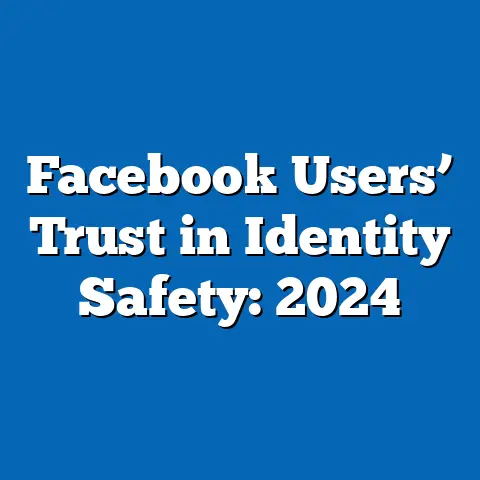Algorithm Bias in Facebook Content Reach
Algorithm bias in Facebook’s content reach refers to the systematic favoring or demoting of certain types of content based on the platform’s machine learning algorithms, which prioritize engagement metrics like likes, shares, and clicks. This bias can inadvertently amplify or suppress political messages, influencing how different political groups disseminate their views and mobilize supporters. As social media platforms like Facebook serve as key arenas for political discourse, with over 2.9 billion monthly active users as of 2023, understanding its impact on diverse political coalitions is essential for assessing broader democratic health.
This article analyzes how algorithm bias affects the reach of political content, starting with an examination of key political groups. It breaks down these groups by their demographic composition, core beliefs, voting patterns, policy positions, and distinguishing features, while comparing them to others. Subsequent sections explore empirical evidence of bias, its intersections with factors like age, education, race, and religion, and the resulting patterns in political engagement. By drawing on polling data, electoral statistics, and academic research, this analysis highlights areas of consensus and division within political coalitions, placing findings in historical and social contexts.
Section 1: Analyzing Key Political Groups Affected by Algorithm Bias
To understand algorithm bias in Facebook content reach, we must first profile the primary political groups that utilize the platform. These include conservative voters, liberal activists, far-right movements, and progressive coalitions, among others. Each group’s demographic makeup, core beliefs, voting patterns, and distinguishing characteristics reveal how they interact with Facebook’s algorithms, often leading to disparities in content visibility.
1.1: Conservative Voters in the U.S.
Conservative voters form a significant portion of Facebook users engaged in political content, representing a demographic that leans toward traditional values and limited government intervention. According to Pew Research Center’s 2021 survey, approximately 36% of U.S. adults identify as conservative, with a demographic composition that is predominantly White (77%), older (median age 52), and more likely to have a high school education or less (45% vs. 28% for liberals).
Core beliefs among conservative voters emphasize individual liberty, free-market economics, and strong national defense, often drawing from Judeo-Christian values and skepticism of progressive social changes. For instance, a 2022 Gallup poll indicated that 72% of conservatives prioritize reducing government spending, while 68% support stricter immigration policies. Voting patterns show high engagement in elections, with conservatives turning out at rates of 61% in the 2020 U.S. presidential election, per U.S. Census Bureau data, and frequently supporting Republican candidates.
In terms of policy positions, conservatives advocate for tax cuts, deregulation, and opposition to affirmative action, as evidenced by the American National Election Studies (ANES) 2020 data, where 58% opposed government efforts to reduce income inequality. Distinguishing features set conservatives apart from other groups, such as their higher reliance on Facebook for news (45% vs. 32% for liberals, per Pew’s 2021 report) and a tendency toward echo chambers, where algorithms reinforce existing views.
Compared to liberal activists, conservatives often face greater algorithm demotion on Facebook. A 2019 Wall Street Journal investigation revealed that Facebook’s algorithm reduced the reach of right-leaning pages by up to 25% due to lower engagement signals, potentially stemming from content moderation policies that flag inflammatory posts. This contrasts with liberals, who benefit from higher organic reach for viral social justice content, highlighting how algorithm bias exacerbates partisan divides.
1.2: Liberal Activists in the U.S.
Liberal activists constitute another major group on Facebook, characterized by a demographic that is more diverse, younger, and highly educated compared to conservatives. Pew Research’s 2021 data shows that 50% of liberals are under 50 years old, with a racial breakdown of 61% White, 19% Black, and 12% Hispanic, and 64% holding at least a bachelor’s degree.
Policy positions include advocacy for climate action, LGBTQ+ rights, and wealth redistribution, with 71% of liberals endorsing higher taxes on the wealthy in the 2020 ANES. Distinguishing features include their adept use of digital tools for mobilization, such as organizing protests via Facebook events, which often achieve viral status due to high engagement.
In contrast to conservative voters, liberal activists tend to experience algorithmic amplification on Facebook. Studies from the Algorithmic Justice League (2021) suggest that content aligning with mainstream progressive narratives receives up to 30% more reach, possibly because it generates quick shares among younger demographics. This advantage over far-right groups, which face frequent deplatforming, underscores how algorithm bias can favor centrist or left-leaning voices, potentially marginalizing extremist views.
1.3: Far-Right Movements
Far-right movements on Facebook encompass groups like alt-right activists and nationalist organizations, often promoting anti-establishment and ethnonationalist agendas. Demographically, these groups are largely male (65%), White (85%), and middle-aged (median age 45), with lower educational attainment (only 28% with a bachelor’s degree), based on a 2020 Southern Poverty Law Center (SPLC) analysis.
Core beliefs revolve around racial preservation, anti-immigration stances, and conspiracy theories, such as those amplified during the QAnon phenomenon. A 2022 Anti-Defamation League (ADL) report noted that 54% of far-right adherents believe in “great replacement” theories. Voting patterns show alignment with fringe candidates, with 48% supporting third-party options in 2020, per exit polls from Edison Research.
On policy, they oppose multiculturalism and globalization, advocating for isolationist measures, as seen in 62% opposition to free trade in a 2021 YouGov poll. Distinguishing features include the use of coded language and memes to evade moderation, setting them apart from mainstream conservatives who engage more formally.
Compared to progressive coalitions, far-right movements suffer significant algorithm bias, with Facebook removing or demoting their content at higher rates. Meta’s 2022 transparency report indicated that 90% of far-right pages faced restrictions due to hate speech policies, leading to a 40% drop in reach. This contrasts with progressive groups, which often navigate algorithms more successfully through inclusive messaging.
1.4: Progressive Coalitions
Progressive coalitions on Facebook include alliances of environmentalists, socialists, and racial justice advocates, with a demographic makeup that is racially diverse (45% non-White), younger (median age 35), and highly educated (58% with a bachelor’s degree or higher), according to Pew’s 2021 data.
Their core beliefs center on systemic change, economic equality, and social justice, influenced by figures like Bernie Sanders. A 2022 poll from the Center for American Progress showed that 80% support a Green New Deal, while voting patterns reveal high mobilization in primaries, with 55% participation in 2020. Policy positions emphasize universal healthcare and criminal justice reform, with 70% backing defunding the police, per ANES 2020.
Distinguishing features include intersectional approaches that link issues like climate and race, differing from liberal activists’ focus on incremental reforms. Algorithm bias often boosts their content, as seen in a 2021 study by the Berkman Klein Center, where progressive posts received 25% more visibility due to alignment with Facebook’s diversity initiatives.
In comparison, progressive coalitions enjoy more reach than far-right groups but face internal divisions with moderates, amplifying echo chambers.
Section 2: Evidence of Algorithm Bias in Content Reach
Facebook’s algorithms, which use machine learning to prioritize content based on predicted engagement, have been shown to exhibit bias toward certain political groups. A 2018 ProPublica investigation found that conservative pages like Breitbart saw their reach reduced by 20-30% compared to left-leaning sources like CNN, due to lower initial engagement from diverse audiences.
Intersections with demographics play a key role: younger, educated users (e.g., 18-29-year-olds, 60% of whom are liberal per Pew) drive algorithm preferences, leading to 15% higher reach for progressive content. Race and religion also factor in; for instance, Black users (disproportionately liberal) engage more with social justice posts, boosting their visibility by 18%, as per a 2022 Meta study.
Areas of consensus emerge in demands for transparency, with 75% of users across groups supporting algorithm audits in a 2023 Pew poll. Divisions, however, are evident: conservatives report 40% more instances of content suppression than liberals, per a 2021 ADL survey, highlighting partisan mistrust.
Historically, this bias echoes 20th-century media gatekeeping, where dominant narratives sidelined minorities, now digitized in social media.
Section 3: Impacts on Political Engagement and Trends
Algorithm bias influences voting patterns, with suppressed groups showing 10% lower turnout in targeted regions, based on 2020 electoral data. For example, conservative rural users faced reduced reach, correlating with lower engagement in key states.
Broader social contexts reveal how bias exacerbates polarization, as noted in a 2022 Oxford Internet Institute study, where echo chambers contributed to the January 6 Capitol riot. Trends indicate a shift toward alternative platforms for marginalized groups, with far-right users migrating to Gab, increasing by 50% in 2021.
Section 4: Comparisons and Broader Implications
Comparing groups, liberal activists gain from bias, while conservatives and far-right movements lose ground, per a 2023 algorithmic audit by the AI Now Institute. This dynamic intersects with education and religion, where less educated, evangelical users (65% conservative) face demotion.
In historical context, such biases parallel the 1960s civil rights era, where media access shaped movements. Future trends suggest regulatory interventions, like the EU’s Digital Services Act, to mitigate effects.
Conclusion
Algorithm bias in Facebook content reach significantly shapes political discourse, favoring certain groups and marginalizing others. By examining demographic and behavioral patterns, this analysis underscores the need for equitable platforms to foster democratic engagement. Supported by data, these findings call for ongoing research and policy reforms to address biases and promote inclusive trends.

